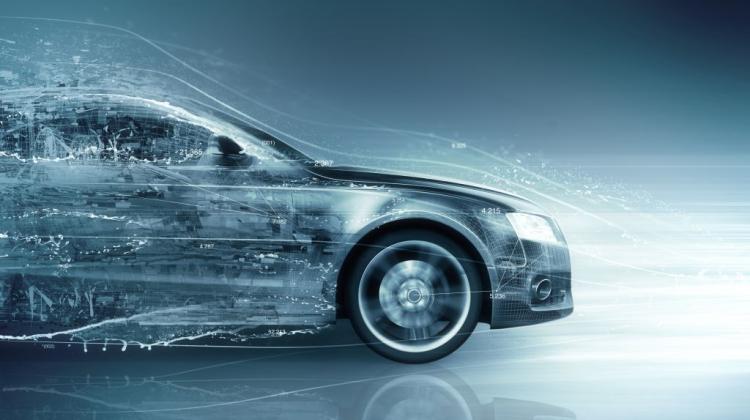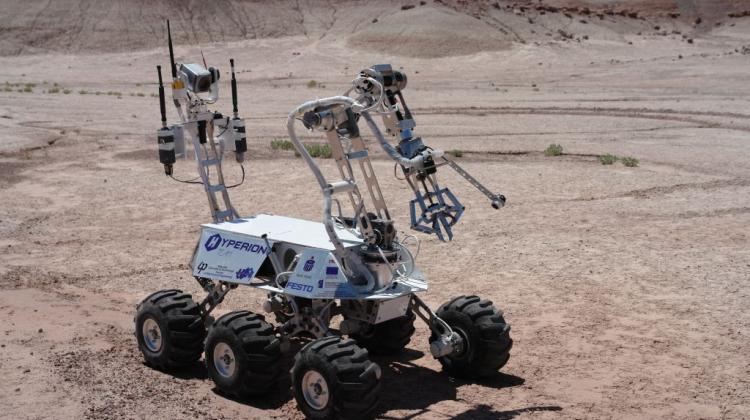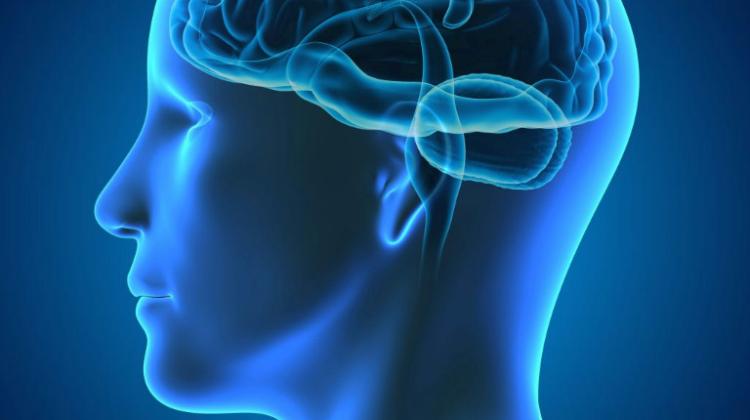Prevent devices from making calculation errors
 Photo: Fotolia /
Photo: Fotolia /
Autonomous cars, pacemakers, and in the future even nanobots applied to the bloodstream - human life may depend on the correct functioning of such machines. We must therefore be able to reliably verify whether they are operating properly. It is quite a challenge - told PAP computer science expert, Prof. Marta Kwiatkowska from Oxford.
Prof. Marta Kwiatkowska received two prestigious grants from the European Research Council for he research: ERC Advanced Grant and ERC Proof of Concept, as well as a large grant from the EPSRC (Engineering and Physical Sciences Research Council). She carries out her research project in Oxford.
AUTHENTICALLY AUTOMATIC CAR
Prof. Kwiatkowska helps, among others, in the development of autonomous vehicles. In a few years, researchers from Oxford want to see their vehicles without drivers in the streets of Milton Keynes in the UK. It\'s quite a challenge. The car must recognize other cars, street lights, anticipate behaviour of pedestrians, adjust driving conditions to the weather… So at any time the vehicle will process huge amounts of data received from outside via multiple sensors. And there is no room for error in these calculations. It is clear that before the vehicles can appear in the streets and before human health and life begins to depend on their functioning, scientists have to check if the software does not have any errors.
BETTER TO ASK THE WAY THAN TO GO ASTRAY
Scientists have pondered over how to eliminate all errors. After all, the sensors can feed an infinite variety of data to onboard computer. And the infinity of data may contain data that would confuse the software... Such problem better not appear at the moment when someone\'s life is in danger. Prof. Kwiatkowska’s research is aimed at preventing such errors.
Usually software is tested before it becomes commercially available. Sample input data are introduced and program response checked. But such test does not exclude the possibility of error. The method, on which Prof. Kwiatkowska is working, should lead to a mathematical proof that the model will not fail. "We want to formulate problems with an infinite number of possible input data so that they could be entered into the computer and verified" - the researcher told PAP and admitted that it is a big challenge.
Preventing errors in the software of autonomous vehicles is just one of the potential applications of Prof. Kwiatkowska’s field. In the human environment there are many other complicated devices that process data through sensors. To give such devices the greatest possible capabilities and ensure that they do not constitute a threat to humans, software for these must be error-free.
THE HEART KNOWS A MASTER
Prof. Marta Kwiatkowska uses her research in the work on pacemaker software. "We want to minimize the energy consumption of the device" - said the researcher. She explained how the device works. "The heart must receive 60-100 pulses per minute, and the pacemaker monitors that. If the heart is late, the device gives the heart an artificial stimulus" - explained the professor. She admitted, however, that each patient’s heart of works has a slightly different rhythm. "We want the program to learn the rhythm of the patient" - said the computer scientist. She added that this device - without causing any danger to the patient - could, for example, wait a little longer for the impulse of the heart, before producing an artificial impulse. "And the less impulses the pacemaker creates, the less energy it will consume" - the researcher said. She added that also in this case it must be verified that the machine can process any data from sensors.
JOURNEY TO THE DNA
The scientist also sees possible verification of her research in studies on calculations using... DNA. In an interview with PAP she explained that scientists from Oxford were already working on molecular "walkers", so particles "traveling" on the trails "printed" on elements of DNA. They would allow to perform calculations in objects the size of particles and, for example, design nanodevices which could travel in the bloodstream. Such a tiny "walker" could respond to changing conditions. You could imagine, for example, that if a walker were in the vicinity of molecules characteristic of cancer, it would release a drug. And in an environment free from cancer drug would not be released. "We are investigating what is the probability that the walker will work correctly" - explained the computer scientist.
PAP - Science and Scholarship in Poland, Ludwika Tomala
lt/ mrt/ agt/
tr. RL
Przed dodaniem komentarza prosimy o zapoznanie z Regulaminem forum serwisu Nauka w Polsce.

















